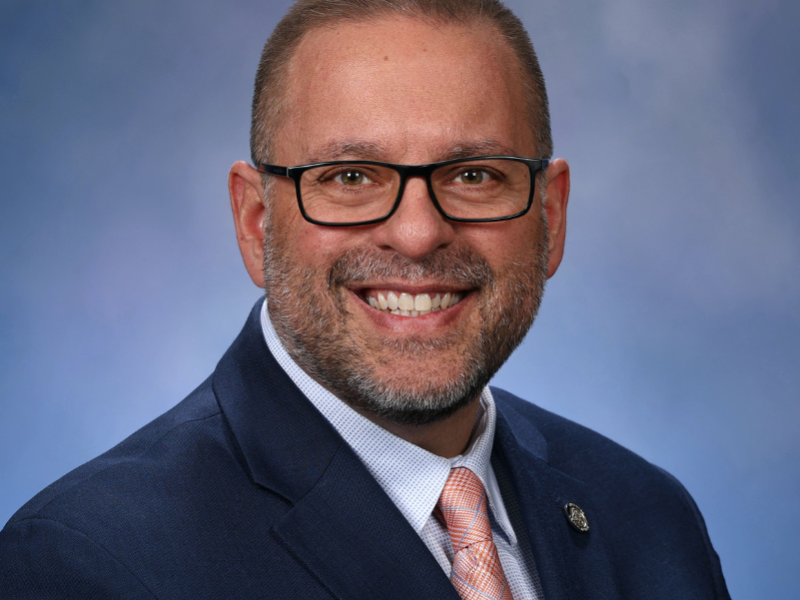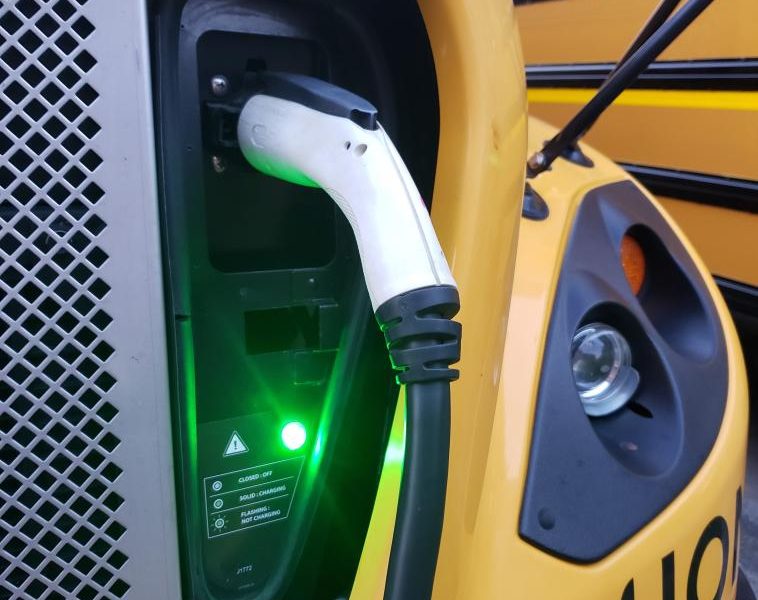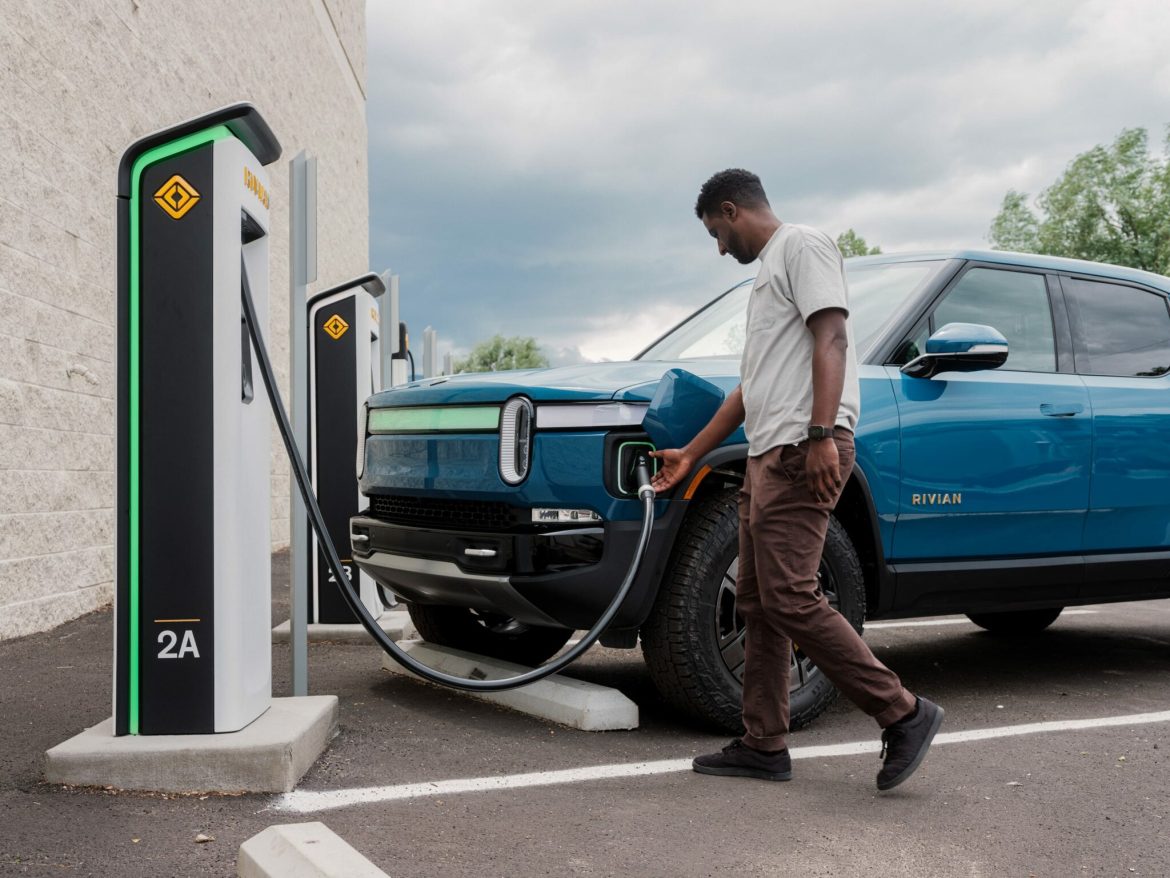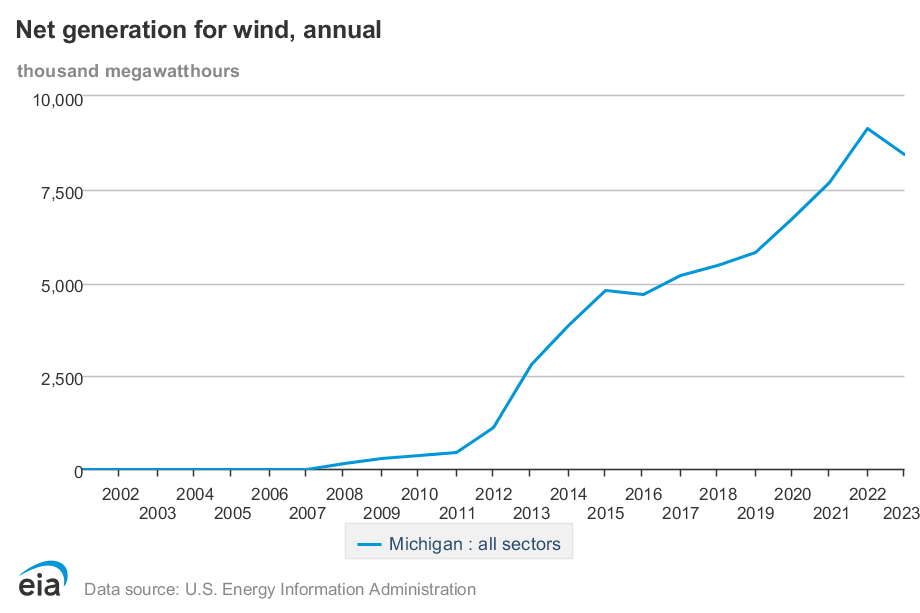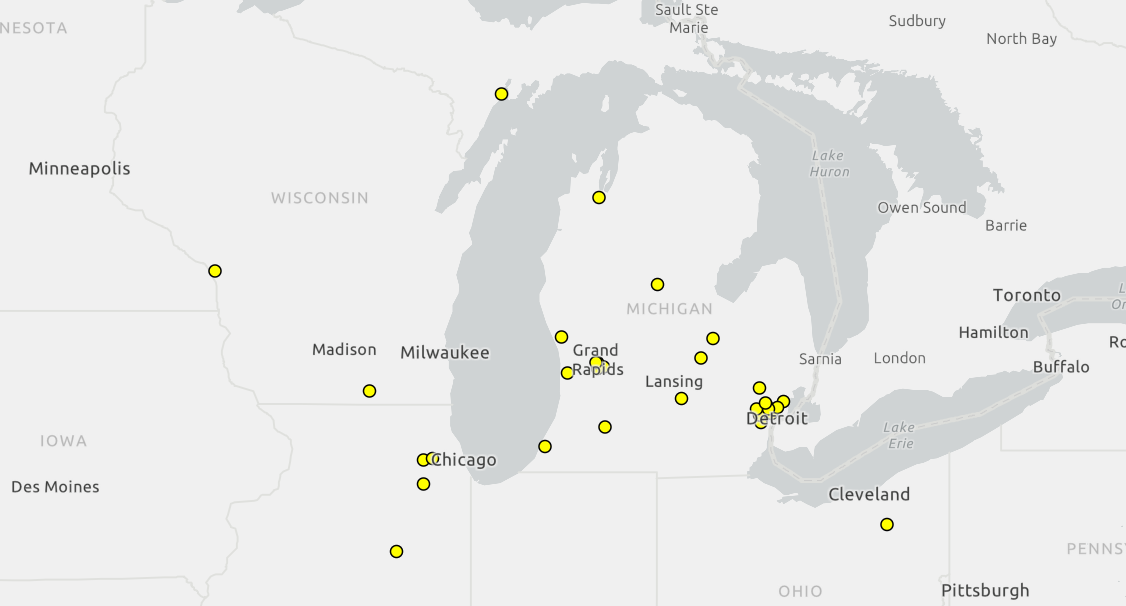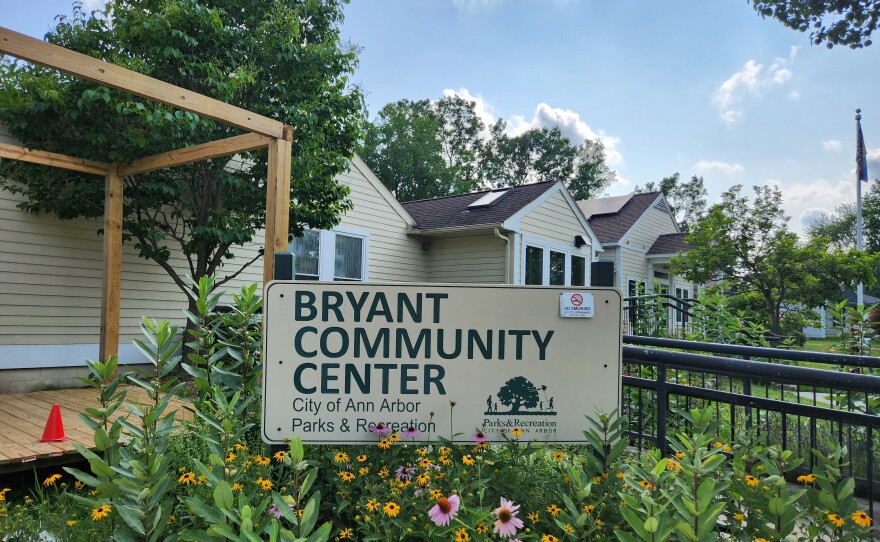By Georgia Hill
Utility companies have a history of using “dark money” to influence Michigan elections. Now, organizations are attempting to advance ballot initiatives aimed at stopping utility companies from contributing to politicians who run for or hold offices that impact them.
Energy
How new charging stations are set to drive Michigan’s EV future
|
By Donté Smith
Capital News Service
As electric vehicles become more common, Michigan is expanding its charging infrastructure to ensure accessibility for drivers statewide. The state’s Department of Transportation, supported by federal National Electric Vehicle Infrastructure Program funds, is accelerating construction of EV charging stations in both urban and rural areas. Currently, there are around 1,660 charging stations across Michigan, 94% of them public. While urban and suburban counties like Wayne, Macomb and Oakland are well-equipped, many rural areas still lack adequate charging options, MDOT says. Gladwin, Alger, Baraga and Oscoda counties are among those with only one public charging station each, according to the Michigan Community EV Toolkit.
Energy
Crescent Wind Farm fuels push for greener Michigan
|
By Donté Smith
Capital News Service
In the rolling farmland of southern Michigan’s Hillsdale County, the Crescent Wind Farm towers over the landscape, generating renewable energy while stirring both hope and contention among residents. The wind farm, operated by Consumers Energy in Adams, Moscow and Wheatland townships, is part of the state’s growing push to meet aggressive clean energy targets. Yet the path from concept to completion was far from smooth. Crescent, with 60 wind turbines and a capacity of 166 megawatts, has been supplying electricity to homes since it started running in early 2021. That’s enough to power about 75,000 homes.
Energy
Energy transition requires fight against disinformation, expert says
|
By Clara Lincolnhol
“Be curious, not judgmental.” This quote from the popular comedy-drama “Ted Lasso” is how a professor of energy law recommends we approach conversations about energy policy and politics. “We can be a force that fights against demonization and the nastiness online and instead ask questions to people who introduce an idea that’s different or contradicts what we believe,” said David Spence, a professor of energy law at the University of Texas Austin and author of the recent book “Climate of Contempt.”
He was speaking at the Michigan State University’s Knight Center for Environmental Journalism. “Climate of Contempt” (Columbia University Press, $28) covers the complex political nature of the energy transition in two major parts, with three chapters in each part. The energy transition, or reaching “‘net zero,” is the process of cutting carbon emissions until the carbon released is canceled out by the carbon absorbed. The first part of the book focuses on the history of the energy industry, regulation and policy in the United States.
Energy
State expanding e-waste recycling in the Upper Peninsula
|
By Elinor Epperson
Residents of Michigan’s Upper Peninsula have more options for recycling their old electronics. That’s because of Michigan’s Electronic Waste Take-Back Program. The state program has opened nine more permanent drop-off locations for electronic waste since 2021, more than doubling the number of facilities in the U.P. The program makes sure Michigan residents have access to e-waste recycling that meets state regulations. E-waste recycling facilities have been in the Lower Peninsula for years, but the majority are in the southern part of the state. No e-waste is recycled in the U.P.
Contractors pick it up from drop-off stations or events and transport it to recycling facilities in Wisconsin or the Lower Peninsula.
Energy
Ann Arbor ballot proposal promises affordable access to renewable energy
|
By Elinor Epperson
Ann Arbor proposed sustainable energy utility could save residents and commercial customers money on their electricity bills, according to a new report commissioned by the city. Residents of the Southeast Michigan city will vote in November on whether to establish an optional public utility that would use exclusively renewable energy generated by local systems. The project is part of its A2Zero program, which aims for carbon neutrality by 2030. If the proposal passes, it will be the first sustainable energy utility in Michigan. Similar utilities have operated in Delaware since 2007 and Washington D.C. since 2011. The report calculated cost savings based on how much it will cost the city to set up the utility and how many customers participate in the utility.
Energy
The electric energy future could be wasting away in a junk drawer
|
By Gabrielle Nelson
Lily Wilkin has four old phones tucked away in her closet — and no plans to recycle them. “I keep them for nostalgia,” she said. Wilkin works at Best Buy, the nation’s largest retail collector of electronic waste — from CRT TVs to hard drives to fans. Wilkin said at least two customers drop off electronics for recycling every day at the East Lansing Best Buy. Even though she knows about the e-waste collection program, she’s choosing to keep her old electronics.
Energy
Indiana climate groups push renewable energy as coal use drops
|
Although it is the country’s eighth largest coal producer, Indiana has significantly decreased its use of the fossil fuel to generate electricity over the past decade.
As the state moves from coal, activists are fighting for the use of renewable resources such as wind and solar instead of natural gas.
Energy
Electric vehicle charging stations to be installed at more state parks
|
As automakers are beginning to make the switch to electric vehicles, the number of EV charging stations throughout the state is increasing, including at state parks.
At the beginning of the year, five state parks and a fish hatchery had EV charging sites installed.
Energy
Book documents uranium pollution of First Nation community
|
Lianne Leddy grew up with stories of the uranium mining that poisoned her Anishinaabek community in Ontario.
Now, she’s retelling these stories through Serpent River Resurgence, her new book based on documents and interviews from family and friends who lived through the environmental crisis.
Energy
MiWaterNet monitors quality of northern Michigan streams
|
This network provides valuable, real time data on a stream’s water quality, level and temperature.


